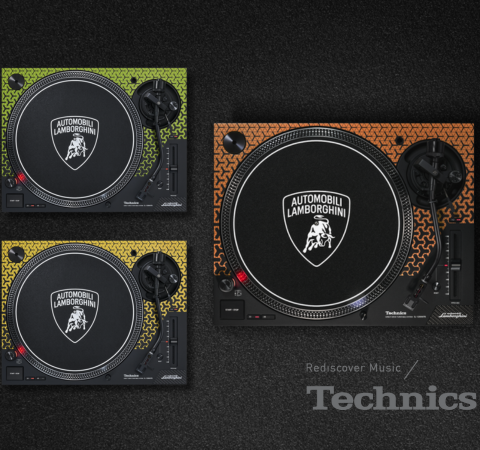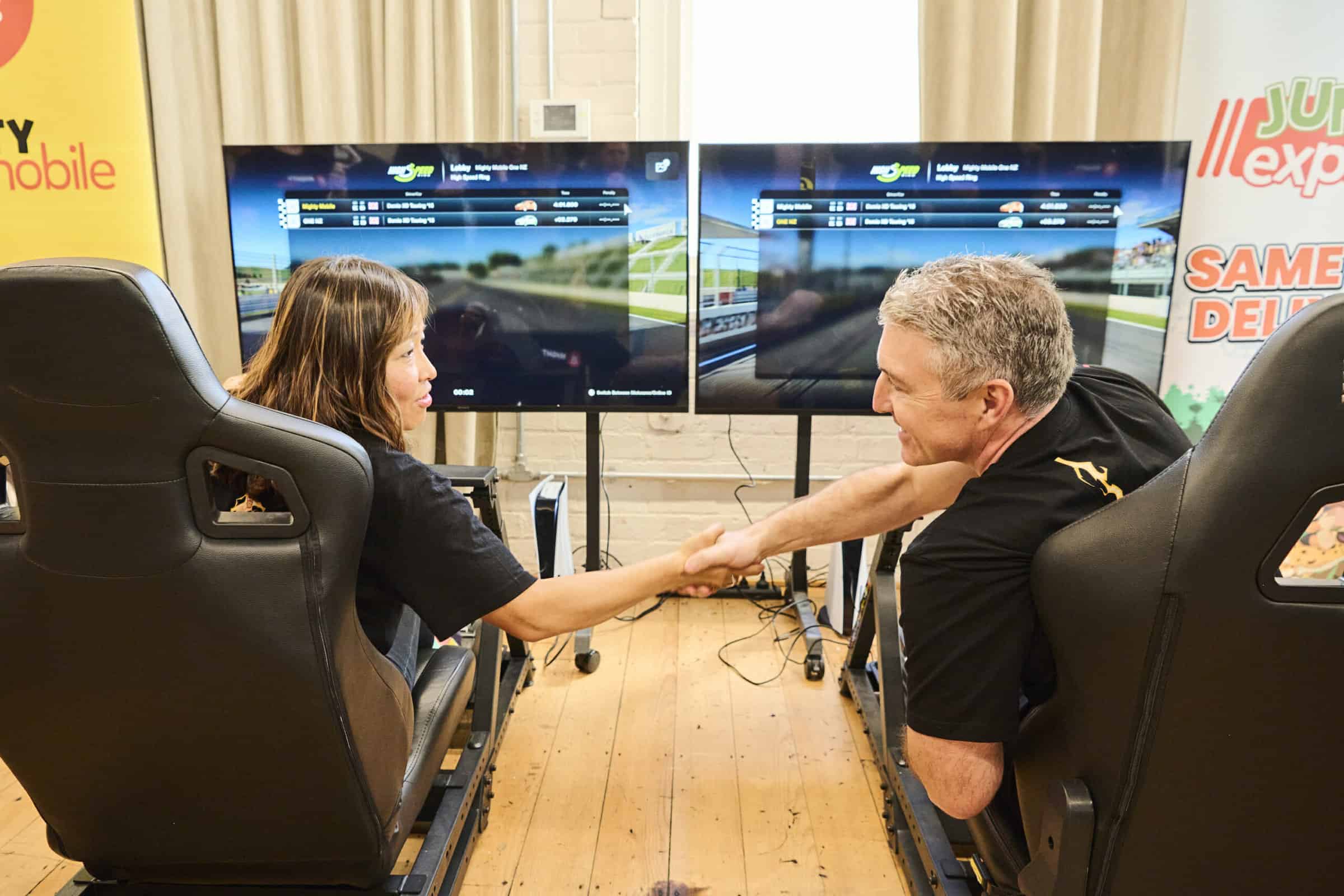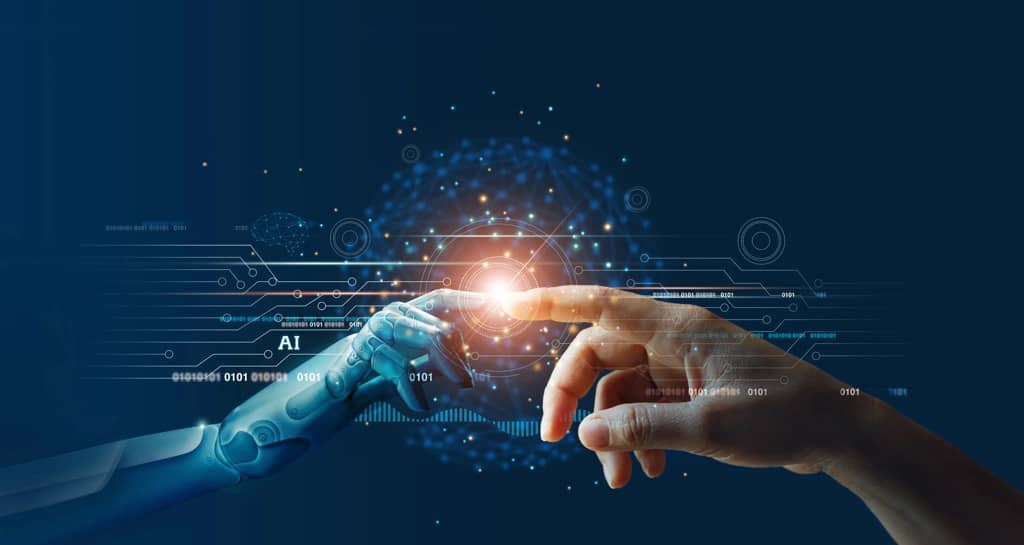IBM claims to have invented a battery that doesn’t require mining and exploitation and doesn’t pollute. Roll on the revolution writes PAT PILCHER.

It’s hard to love batteries, but without them, none of our shiny toys would work. At all.
It isn’t just gadgets, though. With the horrific fires in Australia showing how real climate change is, people are looking seriously at alternatives to petrol burning cars.
For many, electric and hybrid cars are a win-win. They’re not only cheaper to run but cleaner running, too. But they also come with serious downsides, and most of these are to do with the batteries powering them
Top of the list is range anxiety. Many intending EV owners have stuck with petrol or diesel out of worries that they could end up stranded in the arse end of nowhere with a car whose cells are flat. The other biggie is charging times. Even with fast chargers, you’re still looking at an investment in hours rather than the minutes it takes to fill with petrol when it comes to charging up an EV.
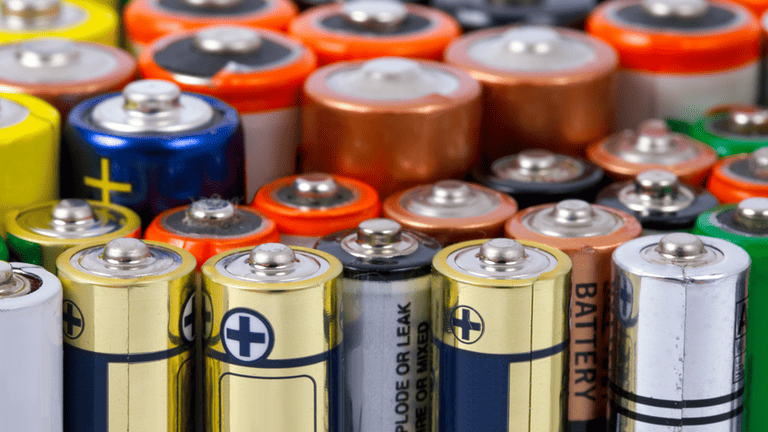
EV critics are always keen to point out that mining lithium and other elements to make batteries is a messy process that isn’t kind to the environment. This is becoming a growing issue as families in the Congo sue tech companies whose demand for cobalt has seen children injured or killed working in mines.
In short, batteries might be essential, but they’re not without their problems.
None of this is wasted on the boffins at IBM Research Centre who have announced they’ve created a new type of battery that solves many of the problems of lithium-ion batteries. It also eliminates the need for heavy metals, making their cells far more environmentally friendly.
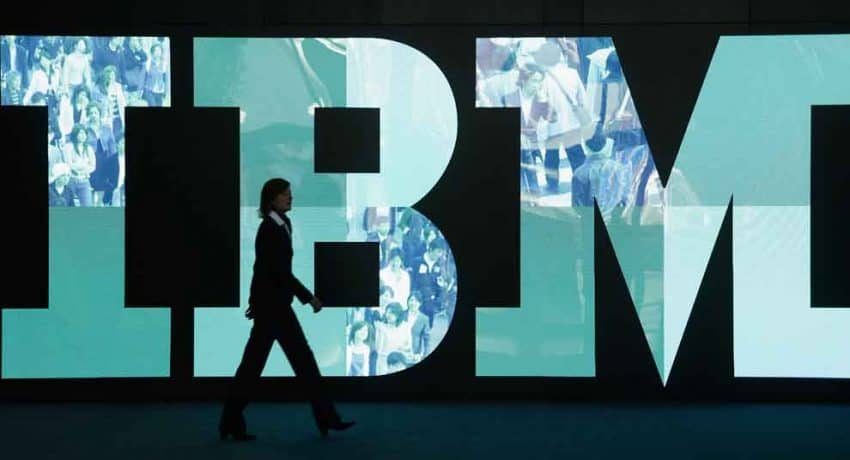
Using proprietary materials that IBM says have never been used in a battery, they’ve uncovered a new branch of battery chemistry that uses no heavy metals. Amazingly, the compounds used in IBM’s new battery are extracted from seawater, which is (in theory) significantly more environmentally friendly than existing mining methods.
IBM’s new battery doesn’t just have environmental cred; its performance is also impressive.
According to IBM, their batteries surpass the capabilities of lithium-ion and are better in numerous ways, including:
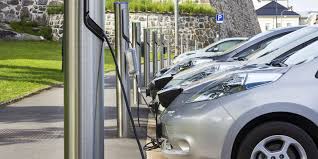
* Cost (because they’re free of costly-to-source elements, the batteries are more affordable than their lithium-ion siblings. This could make EVs more affordable, which in turn could translate into less greenhouse-gas belching cars.
* Faster charging also means EV owners are not kept waiting at a charging station for hours on end.
* Higher energy densities mean that EV owners get more distance before charging is needed.
* Low flammability. The materials used mean battery fires, in theory, become next to impossible.
The most impressive stat from IBM around these new cells centres on charging speeds. IBM says that tests showed that less than five minutes was needed for the battery to reach 80 per cent charge. The upshot of this is that EVs might not just become more affordable, but fast-charging vehicles may be possible too.
The energy densities of these new batteries could also usher in a new era of transport, says IBM. Flying vehicles and electric aircraft could become a reality, as high-power-density batteries lower the risk of flat cells causing aircraft to fall out of the sky. According to IBM, their new battery design exceeds more than 10,000 W/L. In non-geek parlance, this means they should outperform even the most powerful lithium-ion batteries.
Last (but by no means least) IBM also says that their new battery has a long charge/discharge lifecycle. This could also see it used as a low-cost storage medium for home solar setups.
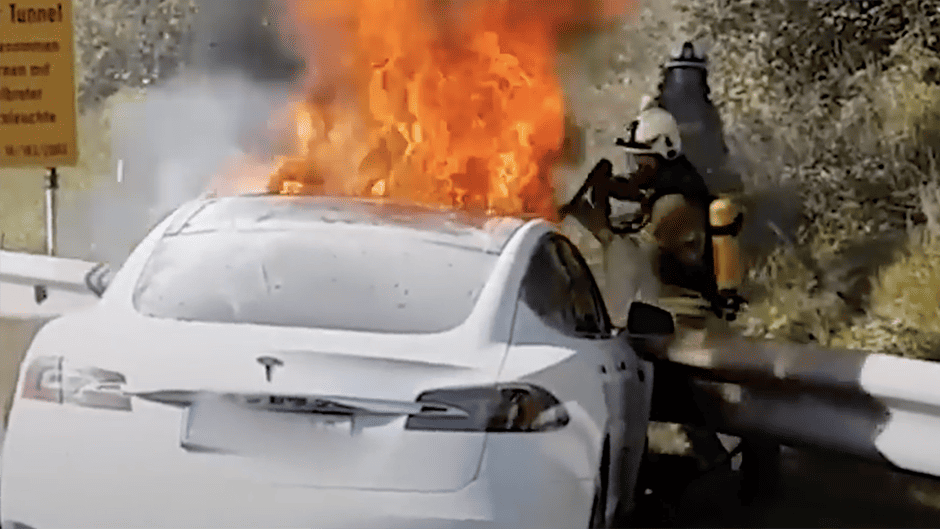
IBM is already working to commercialise this new battery tech. They’ve teamed up with Mercedes-Benz, Central Glass (one of the top battery electrolyte suppliers), and Sidus (a battery manufacturer). This, they say, will help to scale their new battery tech to become commercially available as soon as possible. But there’s still a lot of work to be done, and IBM says that plans for the commercial development of their battery are still very much in the early stages.
IBM is also keenly aware of that old saying that a rolling battery cell gathers no moss. They’re developing an artificial AI technique they call Semantic Enrichment. It should help to identify safer and higher performance materials for use in batteries which they say will speed up the pace of innovation in battery research.
Could a 1.2 Gigawatt De Lorean soon be for reals? Stay tuned!









